-
Posts
2.408 -
Joined
-
Last visited
-
Days Won
83
Posts posted by Genava55
-
-
2 hours ago, wowgetoffyourcellphone said:
Arminius actor draft. I'll need to use existing assets for these guys for now.
Isn't Arminius a cavarly commander and a Roman eques?
-
53 minutes ago, Stan` said:
How about having techs specific to the different tribes ? Ideally paired techs. Could unlock some unit rather than an arverni one?
Sure. The Gauls could have the Lepontii with axemen, the Treveri with better cavalry or even the Salyes/Saluvii with a unique building from Entremont and Roquepertuse. The Britons with the Caledonii swordsmen, an Irish/Iverni warrior etc. etc. I can find multiple examples of this kind.
By paired techs you mean that the player would have to chose between two tribes (two techs)?
-
 3
3
-
 1
1
-
-
On 25/08/2019 at 9:49 AM, Genava55 said:
Arminius (*Herminaz?) could have Roman equipment from his past (Arminius is actually Cherusci but I think everybody wants him to be a playable hero, the other possibility is Maroboduus which is more accurate and more interesting). Ariovistus (*Harjafristaz? or a Celtic, Ariouistos?) could have Gallic equipment. Ballomar could wear a 100% Germanic outfit and carrying only Germanic weapons.
Edit: Maroboduus could increase the experience gained by his troops as a reflection of the regular training he ordered. Ariovistus could give a territory extension bonus or a capture bonus as a reflection of his conquest in Gaul and his skills in politics. Ballomar could give a bonus in looting.
As a complementary info, we reached the same conclusion I think
-
 1
1
-
-
On 05/04/2021 at 7:30 PM, borg- said:
Sevili Dusios. Javelins move faster.
Sevili Dusios seems to be a reference to bodypainting. I think this is a very weird historical reference to the Dusii from Isidore of Seville, definitely something to change https://en.wikipedia.org/wiki/Dusios
Personally I would prefer something related to hp or the regen instead of increased speed for the bodypainting unique tech.
On 05/04/2021 at 7:30 PM, borg- said:Can train deer in the corral, limit of 20. Each deer gives a small attack bonus to units. Deer was a sacred animal for the Celtic people, I would like to put that in the game. The effect of the aura can be another of course, ideas pls haha.
 you are serious or joking?
On 05/04/2021 at 7:30 PM, borg- said:
you are serious or joking?
On 05/04/2021 at 7:30 PM, borg- said:Bonus 1 - Can train sword cavalry in phase 1.
It makes sense to me. That's a good idea. The Gauls were known for their cavalry and their longswords.
3 hours ago, chrstgtr said:Because celts were inherently raiding and looting civs, I think it makes more sense to give them a bonus that let's them sustainably raid rather than one that just provides for an early raid. See link for discussion on providing a loot bonus.
Although it would be really nice to distinguish both Celtic civ instead of considering them as a unique group with very identical bonus and gameplay.
On 05/04/2021 at 7:30 PM, borg- said:Bonus 1 - Turos marus. Can build fortress in neutral territory. Fortress has root territory, so it should be possible to build some small attack bases, encouraging the use of chariots (mobility), small attacks and being an aggressive civilization. It also seems like a lot of fun.
3 hours ago, chrstgtr said:I like the idea, but I think it would be suited better to a different civ that had a lot of colonies or something.
It could have a historical justification since the Broch/Duns were small settlements/dwellings.
-
 4
4
-
-
-
2 minutes ago, wowgetoffyourcellphone said:
I like this, as it costs no apm and can be done right now with no additional Javascript.
The only thing is that it is much less flexible. You cannot decide to ungarrison the men, you must kill the chariots for this
-
22 minutes ago, Thorfinn the Shallow Minded said:
The alternative might be to have chariots be automatically trained with a single infantry unit garrisoned inside it. Whenever that unit is ungarrisoned, the player would have the option to garrison that unit or a new one in its place or could have the option of training a unit inside the chariot (probably it would take a bit longer than usual). I personally prefer this compared to the other.
Ooh I like that one.
Thanks for the constructive feedback.-
 2
2
-
-
Currently the Britons are nearly identical to the Gauls, some varieties have recently been added thanks to the work of @Alexandermb with the shields but I really think it should goes deeper than that. Especially if one of the complaint about A24 is the lack of diversity in the gameplay (although the game is much more balanced now).
I already pointed out my opinion on the differences between the Gauls and the Britons on the matter of warfare. Particularly the importance of war chariots and of Homeric fighting tradition. But instead of repeating my opinion, I will quote one from an archaeologist:
QuoteCavalry and chariots.
Our evidence for chariots in Iron Age Britain is greatly reliant on a series of chariot burials discovered in East Yorkshire and one burial from Newbridge in Scotland, all dated to the pre-conquest era in Britain (Jay, Haselgrove et al. 2012). A newly discovered chariot burial in Pembrokeshire, Wales has very recently been reported (Thomas 2019). Through the nineteenth, twentieth and twenty-first centuries, occasional discoveries of chariot burials have occurred in Iron Age cemeteries associated with the Arras Culture. We now have almost 30 chariots recorded, with a recent, extraordinary example coming from an Arras Culture cemetery at the Mile in Pocklington, near York (see Ware this volume). This burial of a mature adult male is still being analyzed, but it will have lasting impact on our understanding of chariots in Iron Age Britain. While most of the chariots placed in burials had been dismantled, the chariot from the Mile was buried intact, with the horses positioned upright.as though they were still pulling the chariot. A mature adult male was buried inside the body of the chariot on top of his shield. A further less well-preserved. dismantled chariot burial was found at Burn by Lane, Pocklington, also with two horses, excavated by MAP Archaeological Practice. the results of their analyses are keenly anticipated (Ware this volume). Previously, horses had only been recorded in the King's Barrow, Arras (Mortimer 1905; Halkoll 2013; Stilling Deet 1847; Stead 1979). Prior to these most recent discoveries, a series of chariot burials were discovered at Wetwang, Yorkshire (Dent 1985; Dent 2010). These were carefully excavated and it was possible to reconstruct one of the chariots, a process which was recorded and broadcast by the BBC (Loades 2005). Many elements of the chariots. including the suspension system, were hypothetical, drawing on Gallic and Etruscan finds and depictions of chariots as well as ancient Egyptian representations. It is thought that the chariot had a seated driver and a standing passenger (Loades 2005). While the survival of complete chariots is limited, terrets have been recorded over a much wider area (Fox 1923; Fox 1946; Lewis 2015). Numerous examples have been found by metal detectorists and reported under the Portable Antiquities Scheme. Thus, while we have only a small number of remaining chariots, we can extrapolate that they were much more common, and that their survival is a result of the distinctive funerary rituals of the peoples of East Yorkshire. It is reasonable to argue that, if lron Age warfare was occasional rather than constant, these vehicles would also have been used in non-martial contexts. However, Wetwang Cart Burial 3 and the most recently excavated chariot burial at Pocklington also included martial equipment, reinforcing a connection with martial identity construction in the funerary context, at least for those individuals (Dent J 985; Ware pers. comm.).
Tactics and fighting style
Apart from accounts by writers from the Classical world, our knowledge of tactics is reliant on the archaeology. for which the Arras Culture of East Yorkshire provides some of the most informative evidence. The preponderance of throwing spears, and the near total absence of body armour, indicate that the style of warfare was highly mobile and loosely formed, based around raiding and short. sharp episodes of inter-group violence. Caesar describes his troops as being harried by the cavalry and charioteers and that foot soldiers deployed their throwing spears from a distance. Caesar (The Gallic War V.17) also relates an account of a raiding party that attacked some of his troops while they were engaged in foraging for food. This is one of several small skirmishes described by Caesar. These interactions demonstrate a clear understanding of guerrilla tactics, using a small number of men to launch a minor skirmish attack before turning to 'flee', drawing enemy troops into an ambush. Caesar highlights the locals' familiarity and use of territory to their tactical advantage. Despite the numerous hill fort sites identified, particularly in the south of Britain, protracted engagements and siege warfare are unlikely. Both sharp force and penetrating force traumatic injuries, consistent with sword blows and spear thrusts, have been recorded in the archaeological record. However. the number of individuals who exhibit signs of violent injury is low. A study by Sarah King (2010) revealed that at Wetwang in Yorkshire only 2.5% of the 435 individuals analyzed showed evidence of violent injury consistent with sword and spear injuries. Both Pocklington cemeteries contained skeletal remains bearing similar injuries (Ware pers. comm.). The level of interpersonal violence may not have been consistent in all parts of Britain. While at Wetwang the proportion of the burial population suffering identifiable traumatic injuries was low, in Hampshire the proportion was higher(King 2010). Sharp force trauma injuries ranged between 6-11% across a number of Iron Age cemeteries (King 2010). At southern sites, both King (2010) and Rebecca Redfern (2009) observed blunt force injuries possibly associated with sling stones have been recorded at sites in Hampshire and in Dorset. Rates of interpersonal violence are likely to be underrepresented in the archaeological record as many soft tissue injuries would not have left traces on the skeleton (Carman 1997; Carman and Harding 1999; Knlisel 2005). Studies of projectile weapon injuries conducted by George Milner (2005) suggested that approximately two thirds of projectile weapons (arrows in his study) failed to leave any traces of impact on the bones. He highlighted that the highest proportion of serious injuries were to the abdomen or thorax. Abdominal injuries are frequently fatal and only about 2% of these injuries impacted on the underlying skeleton (Milner 2005). Thus, our knowledge of the extent and severity of interpersonal violence is limited by the nature of the evidence. According to Caesar, chariot-borne warriors were well trained and able to manoeuvre quickly, running along the chariot beam and even to climb up onto the horses' yokes to launch their missile attacks before dismounting for close quarter combat. Their drivers, meanwhile, retreating a short distance, were ready to rush in and extract them from danger, using the chariot essentially as a 'battle taxi' (The Gallic War, IV.33). Barry Cunliffe (2005) has highlighted that the chariot offered 'champions' an opportunity for bombastic display, demonstrating their agility, speed and daring in the performance of their fast-paced attacks. Display and performance clearly had a role to play in close quarter combat. While the majority of warriors would have maintained their distance, throwing spears and hurling insults, those equipped with swords and heavy thrusting spears would have sought out similarly equipped enemies against whom they could engage in dramatic duels. To reach their opponents, these warriors needed to make their way through the effective zone for the deployment of throwing spears, before they could begin their close quarter attack. This is an act which would have demonstrated considerable bravery. Upon meeting their challenger, these warriors may have engaged in highly codified combat with their thrusting spears and swords, dictated by conventions that could have included mutilation of the corpse of a defeated warrior, for example, taking of the head and the seizing of equipment as trophy items (Diodorus Siculus, Library of History V.29; Godelier 1986). Martial training probably began in childhood, and the peak years for martial practice would have been from the late teens to mid-20s. Evidence for martial training is limited, but Early Irish Laws are thought to retain some traces of Iron Age cultural practices, indicating that the training of sons and foster sons commenced in childhood (Karl 2005). A close reading of the Ulster cycle Jed Sayers (1983) to argue convincingly that martial training consisted primarily of learning and practicing the performance of complex feats with weapons and shields. These feats served as a form of strength conditioning and agility training, with a focus on dexterous action and precision. Sayers (1983) went further to argue that these feats were performed not only as a means of training, but also on the battlefield as a means of intimidating prospective enemies through the execution of dazzling and courageous displays of skill and aggression. Diodorus Siculus (Library of History, V.29) provides a description of Gallic warriors engaging in braggadocio in the lead up to armed engagements, aimed at striking fear into their opponents. Such practices are highly likely to have been common to warriors both on the Continent and in Britain.It comes from this chapter I already gave a year ago:
On 25/02/2020 at 10:32 PM, Genava55 said:So I think it is important to make more unique their gameplay, giving them some advantages for guerilla tactics. The text above mentioned the role of skirmishing (and indeed there are quite a lot of javelins found in some burials) but I think the role of the chariots shouldn't be neglected as well. The author calls it 'battle-taxi' and I wonder if wouldn't be great to have chariot units playing this role instead of being a champion unit by default. The chariot could be able to carry one warrior and when the chariot is carrying someone, it is shooting javelins to represent the warrior fighting from the chariot at distance. The idea is also to give the possibility to the player to attack or counter-attack quickly the enemy base and targeting the workers by discharging the warriors to fight at close-combat or by shooting at distance. It should be polyvalent like this.
In addition to this, the Britons have highly decorated weapons matching this tendency to Homeric battle, so maybe giving to the Britons some bonus for their champions could be great:
On 19/08/2020 at 3:50 PM, Genava55 said:A very very very kind person shared this today:
On 14/01/2019 at 10:25 PM, Genava55 said:Finally, another characteristic of the Britons is their portrayal of the other Northern cultures through the inclusion of the Broch:
Spoiler
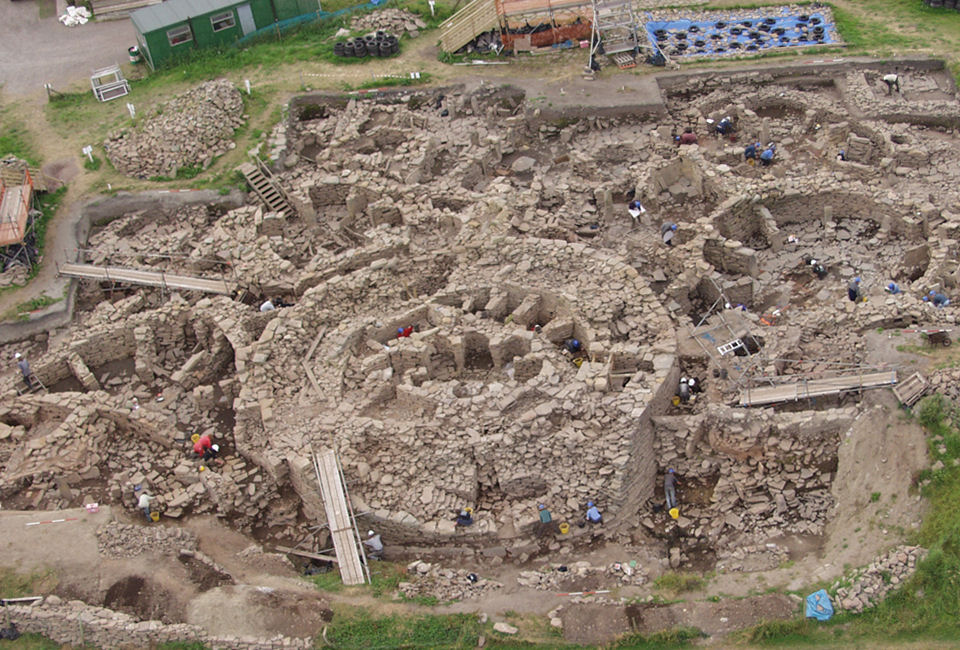

and of the Crannogs:


Contrary to the common belief, the Brochs seem predating the Picts although it is possible that some of them were still occupied during the Pictish period. But still, it could be included some sea-raiding tradition, as the Picts were known as sea-raiders, giving some edge for the Britons on map with large water bodies. Maybe an equivalent of their guerilla tactics on land but with boats.
The unique characteristic of the Britons is also bodypainting or/and tattooing traditions, mentioned several times by classical authors.
data:image/gif;base64,R0lGODlhAQABAPABAP///wAAACH5BAEKAAAALAAAAAABAAEAAAICRAEAOw==Currently the Britons didn't have something putting in front this unique feature of their culture. I really think it should be emphasized because it is quite catching and eye-candy while it could be also a pretext to add some bonus for the Britons like a bonus in health-points or even a regeneration (since woad has astringent and antiseptic properties).
To summarize, I would like the Britons having this kind of gameplay:
A faction with cheap javelineers and slingers, making it good to produce big enough masses that would be both efficient and highly mobile. With war-dogs that are fast and with high dps, that could be both used defensively and offensively. With chariots being able to carry infantry units, making the counter-offensive much more efficient. With some slow regeneration of the health to reduce the risk taken by the player to harass the adversaries. Having a unique ability giving the possibility to transport a very few troops with the fishing boats.
-
 5
5
-
 2
2
-
 1
1
-
-
-
https://phys.org/news/2021-03-ancient-genomes-decline-scythians.html
Ancient genomes trace the origin and decline of the Scythians
Generally thought of as fierce horse warriors, the Scythians were a multitude of Iron Age cultures who ruled the Eurasian steppe, playing a major role in Eurasian history. A new study published in Science Advances analyzes genome-wide data for 111 ancient individuals spanning the Central Asian Steppe from the first millennia BCE and CE. The results reveal new insights into the genetic events associated with the origins, development and decline of the steppe's legendary Scythians.
Because of their interactions and conflicts with the major contemporaneous civilizations of Eurasia, the Scythians enjoy a legendary status in historiography and popular culture. The Scythians had major influences on the cultures of their powerful neighbors, spreading new technologies such as saddles and other improvements for horse riding. The ancient Greek, Roman, Persian and Chinese empires all left a multitude of sources describing, from their perspectives, the customs and practices of the feared horse warriors that came from the interior lands of Eurasia.
Still, despite evidence from external sources, little is known about Scythian history. Without a written language or direct sources, the language or languages they spoke, where they came from and the extent to which the various cultures spread across such a huge area were in fact related to one another, remain unclear.
The Iron Age transition and the formation of the genetic profile of the Scythians
A new study published in Science Advances by an international team of geneticists, anthropologists and archeologists lead by scientists from the Archaeogenetics Department of the Max Planck Institute for the Science of Human History in Jena, Germany, helps illuminate the history of the Scythians with 111 ancient genomes from key Scythian and non-Scythian archaeological cultures of the Central Asian steppe. The results of this study reveal that substantial genetic turnovers were associated with the decline of the long-lasting Bronze Age sedentary groups and the rise of Scythian nomad cultures in the Iron Age. Their findings show that, following the relatively homogenous ancestry of the late Bronze Age herders, at the turn of the first millennium BCE, influxes from the east, west and south into the steppe formed new admixed gene pools.
The diverse peoples of the Central Asian Steppe
The study goes even further, identifying at least two main sources of origin for the nomadic Iron Age groups. An eastern source likely originated from populations in the Altai Mountains that, during the course of the Iron Age, spread west and south, admixing as they moved. These genetic results match with the timing and locations found in the archeological record and suggest an expansion of populations from the Altai area, where the earliest Scythian burials are found, connecting different renowned cultures such as the Saka, the Tasmola and the Pazyryk found in southern, central and eastern Kazakhstan respectively. Surprisingly, the groups located in the western Ural Mountains descend from a second separate, but simultaneous source. Contrary to the eastern case, this western gene pool, characteristic of the early Sauromatian-Sarmatian cultures, remained largely consistent through the westward spread of the Sarmatian cultures from the Urals into the Pontic-Caspian steppe.
The decline of the Scythian cultures associated with new genetic turnovers
The study also covers the transition period after the Iron Age, revealing new genetic turnovers and admixture events. These events intensified at the turn of the first millennium CE, concurrent with the decline and then disappearance of the Scythian cultures in the Central Steppe. In this case, the new far eastern Eurasian influx is plausibly associated with the spread of the nomad empires of the Eastern steppe in the first centuries CE, such as the Xiongnu and Xianbei confederations, as well as minor influxes from Iranian sources likely linked to the expansion of Persian-related civilization from the south.
Although many of the open questions on the history of the Scythians cannot be solved by ancient DNA alone, this study demonstrates how much the populations of Eurasia have changed and intermixed through time. Future studies should continue to explore the dynamics of these trans-Eurasian connections by covering different periods and geographic regions, revealing the history of connections between west, central and east Eurasia in the remote past and their genetic legacy in present day Eurasian populations.
-
 3
3
-
-
-
16 minutes ago, chrstgtr said:
In reality, celts weren't able to conquer civs like that.
Conquering is: to take control or possession of foreign land, or a group of people, by force.
Actually the Celts did that. Multiple times.
-
 1
1
-
-
13 minutes ago, chrstgtr said:
It tries to get around the historical fact that celts didn't have siege
It is true but I must qualify that by saying the Gauls did use equipment against Caesar (book V, 42-43; about the Nervii attacking Cicero camp):
Disappointed in this hope, the Nervii surround the winter-quarters with a rampart eleven feet high, and a ditch thirteen feet in depth. These military works they had learned from our men in the intercourse of former years, and, having taken some of our army prisoners, were instructed by them: but, as they had no supply of iron tools which are requisite for this service, they were forced to cut the turf with their swords, and to empty out the earth with their hands and cloaks, from which circumstance, the vast number of the men could be inferred; for in less than three hours they completed a fortification of ten miles in circumference; and during the rest of the days they began to prepare and construct towers of the height of the ramparts, and grappling irons, and mantelets, which the same prisoners had taught them.
On the seventh day of the attack, a very high wind having sprung up, they began to discharge by their slings hot balls made of burned or hardened clay, and heated javelins, upon the huts, which, after the Gallic custom, were thatched with straw. These quickly took fire, and by the violence of the wind, scattered their flames in every part of the camp. The enemy following up their success with a very loud shout, as if victory were already obtained and secured, began to advance their towers and mantelets, and climb the rampart with ladders. But so great was the courage of our soldiers, and such their presence of mind, that though they were scorched on all sides, and harassed by a vast number of weapons, and were aware that their baggage and their possessions were burning, not only did no one quit the rampart for the purpose of withdrawing from the scene, but scarcely did any one even then look behind; and they all fought most vigorously and most valiantly. This day was by far the most calamitous to our men; it had this result, however, that on that day the largest number of the enemy was wounded and slain, since they had crowded beneath the very rampart, and the hindmost did not afford the foremost a retreat. The flame having abated a little, and a tower having been brought up in a particular place and touching the rampart, the centurions of the third cohort retired from the place in which they were standing, and drew off all their men: they began to call on the enemy by gestures and by words, to enter if they wished; but none of them dared to advance. Then stones having been cast from every quarter, the enemy were dislodged, and their tower set on fire.
-
 1
1
-
-
2 minutes ago, Nescio said:
The two-men-and-a-log concept belongs in Age of Mythology. People who advocate it don't realize how heavy trees really are.
Oh I do, indeed this is not something you can easily carry, even with a large team. But for the gameplay I find it acceptable. The realistic alternative is a team armed with axes and pickaxes.
-
-
 3
3
-
-
20 hours ago, borg- said:
Are there any indication of rams by the Celts? If not, I would find it interesting to remove and add a two men and a trunk unit in phase 2. It would be interesting to differentiate and make these civilizations stronger in the first and second phase, and weak in the third.
Nope. Siege rams do not seem to be used.
-
2 hours ago, Grapjas said:
@Thorfinn the Shallow Minded@Genava55 do you have any thoughts about the spear(melee) cavalry armor/weapon kit? Would they normally have shields? Would they have a couple of javs (or other ranged)? The more civ specific the better

Still about the engineers? For the Romans, since the end of the Republic, it seems the praefectus fabrum was a high officer, from equestrian rank. A Roman knight. Not very high in the hierarchy but not so low. This is a starting position for an equestrian. So I believe it should have a good quality panoply.
-
36 minutes ago, Nescio said:
What's fascinating is the cultural differences with respect to those slain on the battlefield. Turnus' death in the final verses of Virgil's Aeneid immediately springs to mind.
Indeed, Pallas's spoils wore by Turnus is echoing with the numerous accounts where a Roman "hero" or "champion" took an item of his fallen foe. The famous Torquatus for example or even the helmet took from Gargenus by Flaminius (Silius Italicus, 5, 130-139), which itself has a spoil of a Suebi foe Gargenus had slained.
-
49 minutes ago, Nescio said:
Britons, Gauls, Iberians, perhaps others too, I don't particularly care.
If there is a need to make those civs more offensive/aggressive-oriented yes no issue with that. It is a modern misconception to think the 'barbarians' were better at plundering the others. In reality the Romans were by far the most active in this regard.
Edit: to be clear, if it is needed to make the civs different, I don't mind giving it to one or several 'barbarian' civs.
49 minutes ago, Nescio said:Also, should all units be better at looting, or only a subset?
Either all units or only melee units. The most accurate should be melee units.
49 minutes ago, Nescio said:What is still needed is an interesting name and description (i.e. short historical justification).
For the Gauls there are references to Vae Victis and the sanctuary of Delphi. Plundering is mentioned a few times in the Bellum Gallicum.
For the Britons, the destruction and plundering of the imperial temple in Camulodunum.
For the Iberians, I don't know.
-
 1
1
-
-
Small article (a few pages) on headhunting during Celtic Iron Age:
A video in French on the same topic:
-
Personally I am 100% in favor of this. I didn't know it was doable from a different way without impacting performance.
To see if the bonus should be applied to both Celtic civ or only to the Gauls.
-
On the matter:
On 21/08/2020 at 3:15 PM, Genava55 said:Vae Victis: Bonus in resources acquired from destroying and capturing buildings
On 25/08/2020 at 7:39 PM, Nescio said:I'm not sure that's doable. There are two related nodes, <Loot> and <Looter>. <Loot> is what destroyed entities grant to the player that destroys them, <Looter> is what entities give to their owner whenever they destroy an enemy entity. Both are fixed amounts (integers). Technologies (and civilization bonuses) typically affect your own entities, not those of other players. I guess it can be done via local auras (which might be costly performance-wise), though that would not achieve exactly what you wrote: if an aura increases the <Loot> of an enemy structure, then anyone who destroys it gets the increased loot, not just gaul players; and if an aura increases the <Looter> of your units, then you get increased loot from anything you destroy, not just structures; as far as I know it can't be limited to specific targets.
I agree on the idea but it seems to require deeper development.
-
The Big Steppe Kurgans as Architectural Monuments
The steppes of Eurasia, a wide belt stretching from the Central Asian plateau, the Ordos, in the east to the Danube in the west have been inhabited, throughout the whole history of mankind, by numerous tribes and nations. Burial complexes or, as they are commonly referred to, kurgans are a striking illustration and often the sole evidence of their unique and expressive culture that reached our time. The mounds grouped in bigger or smaller clusters are the most numerous archaeological monuments on the continent and in the course of the past thousands of years have turned into an integral part of the steppe landscape. Yet, in the last two hundred years a great number of these unique burial architectural monuments have been irretrievably lost
https://scfh.ru/en/papers/the-big-steppe-kurgans-as-architectural-monuments/
-
For building siege engines, more than engineers, it needs officers to coordinate the work. Engineers in the Roman army were also officers if I recall correctly.
By looking at Vitruvius wikipedia page, you can get a good grasp of the topic: https://en.wikipedia.org/wiki/Vitruvius
-
 2
2
-


.thumb.jpg.b21ca1d0c15fb56b42c39b25a0a40815.jpg)
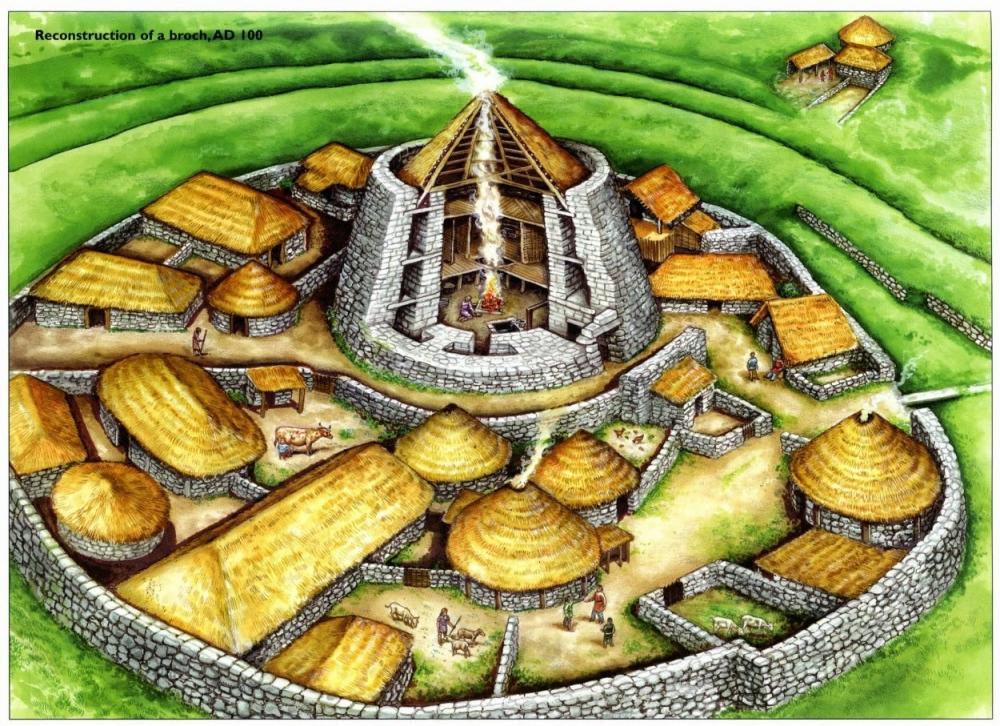
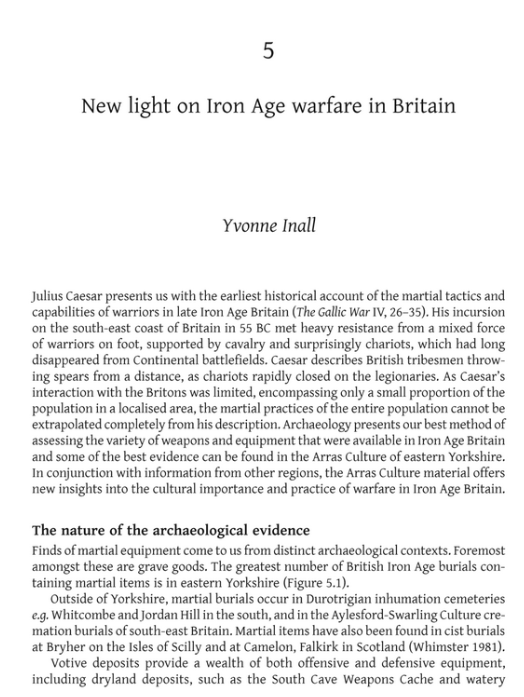
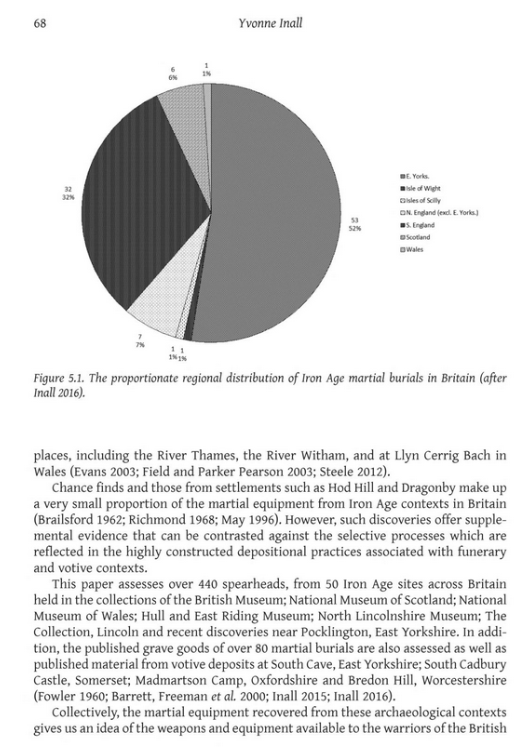
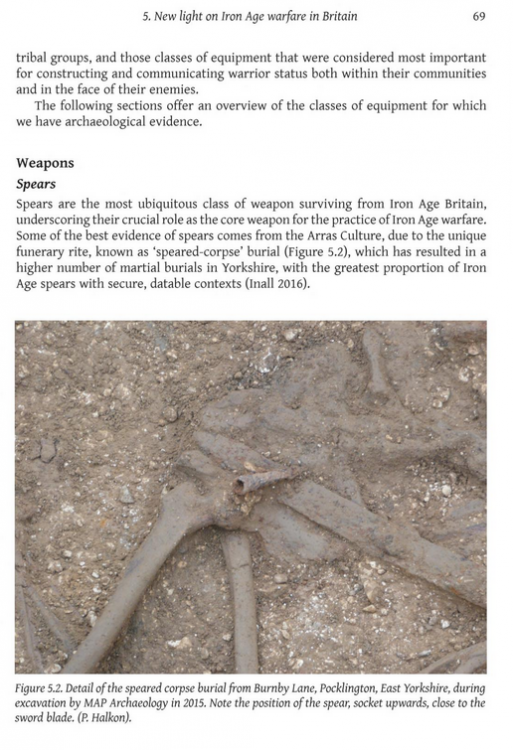
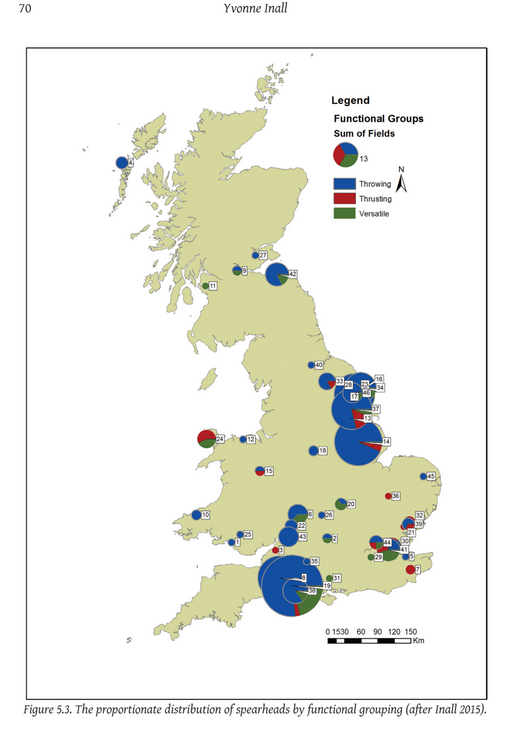
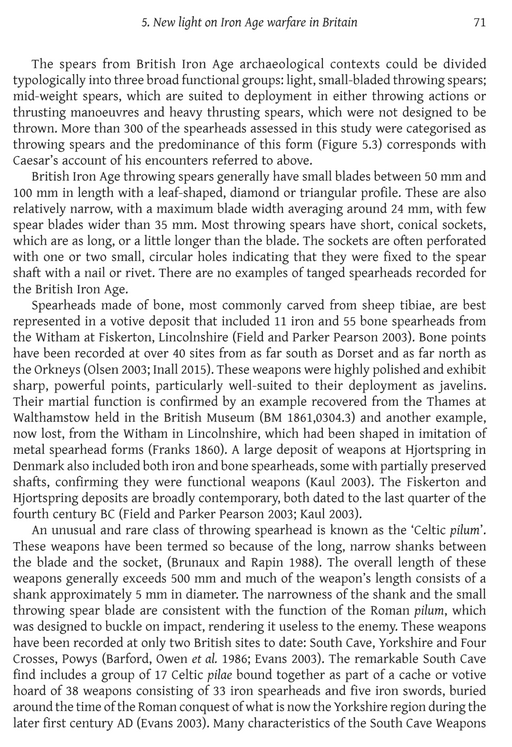
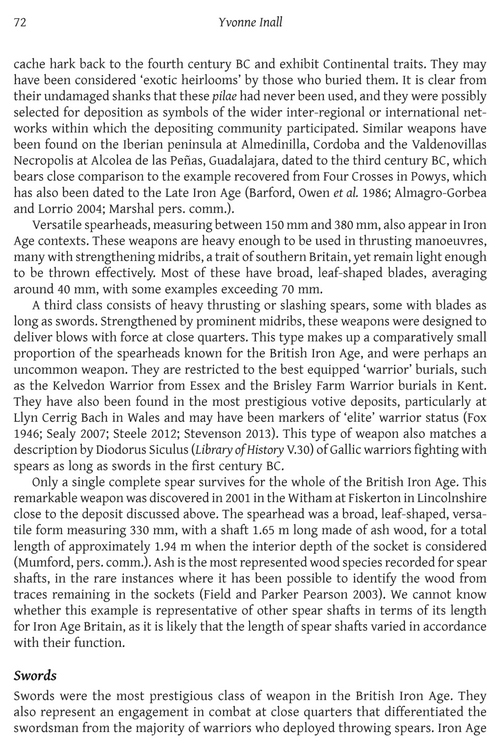
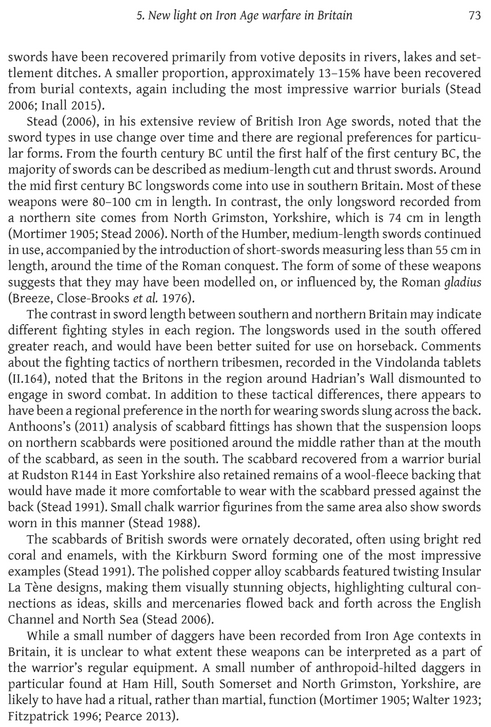
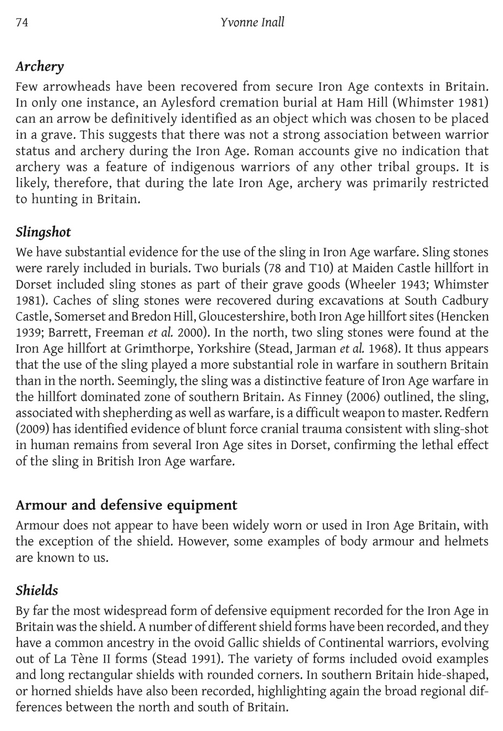
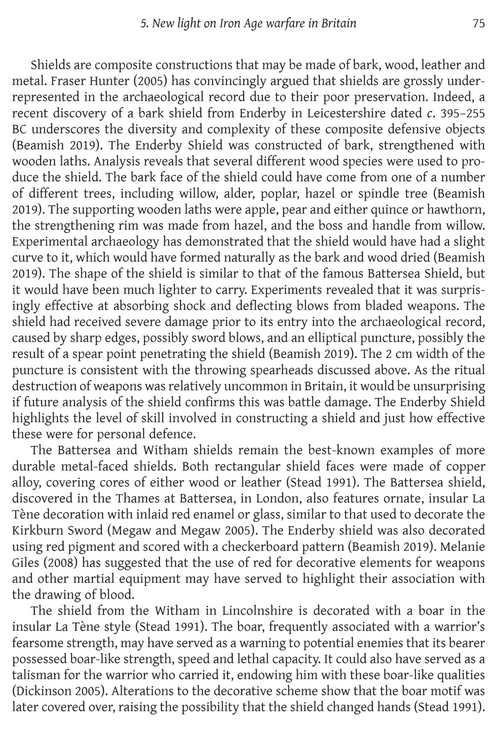
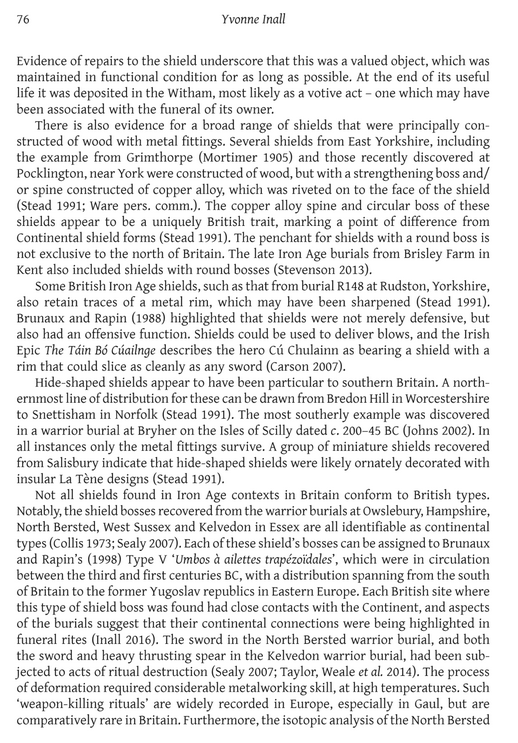
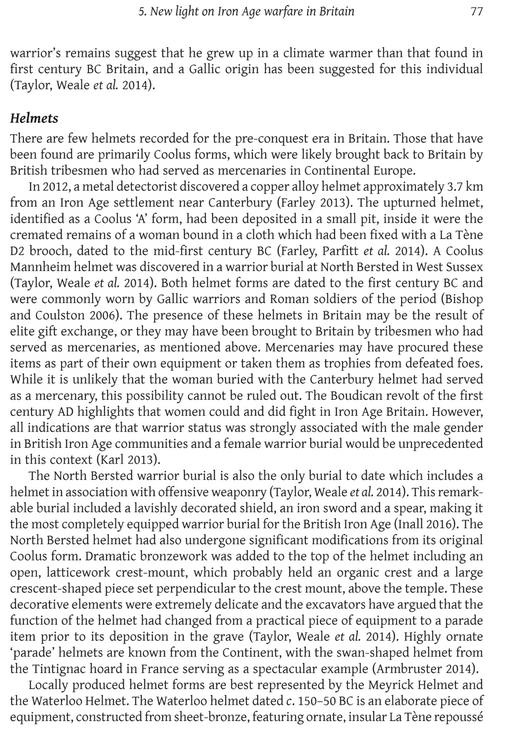
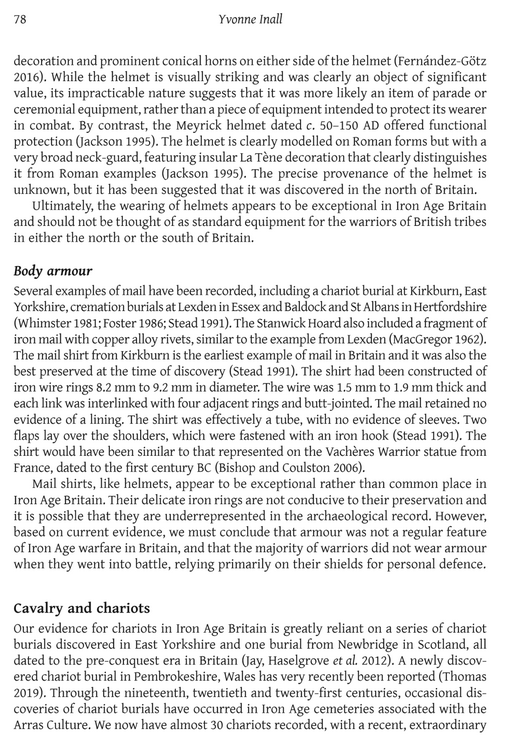
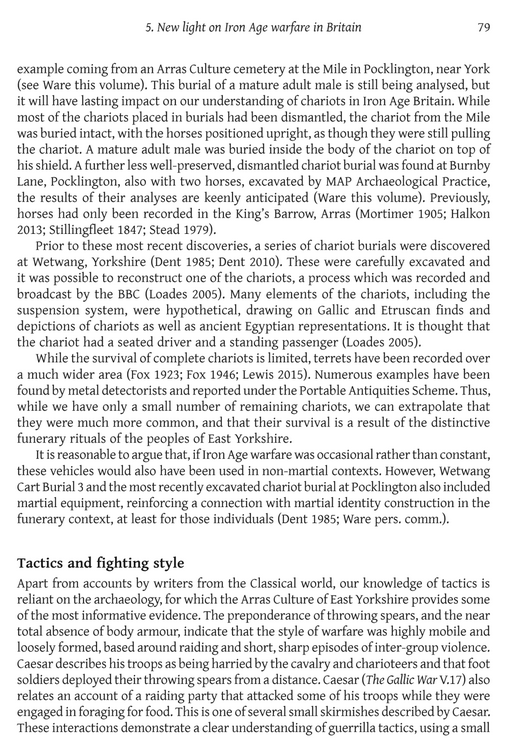


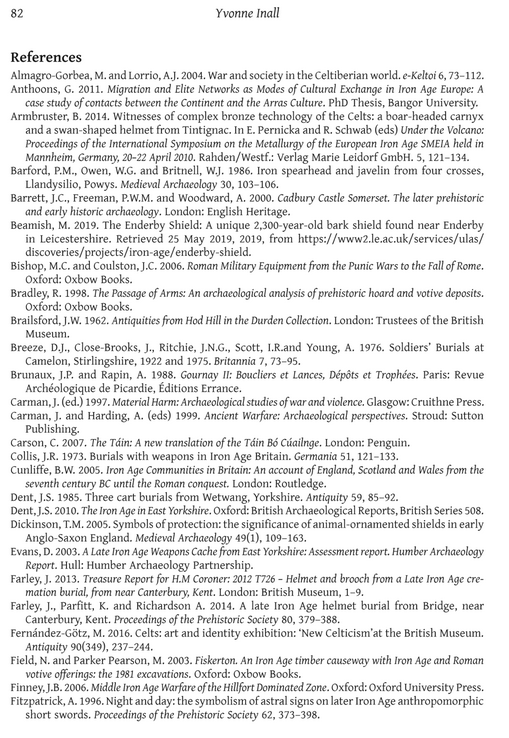

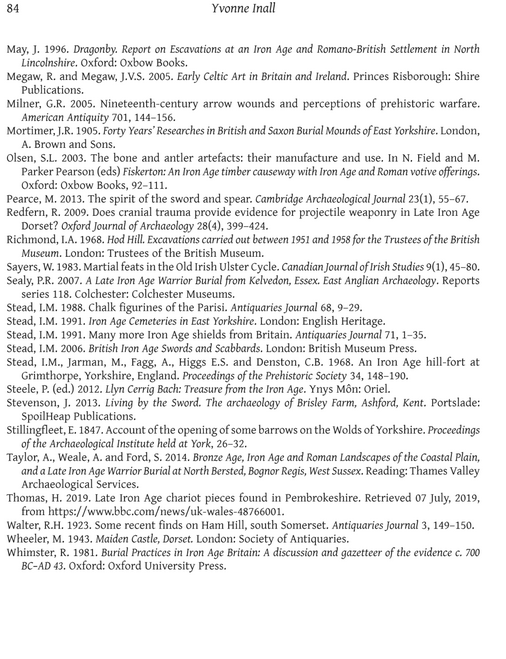
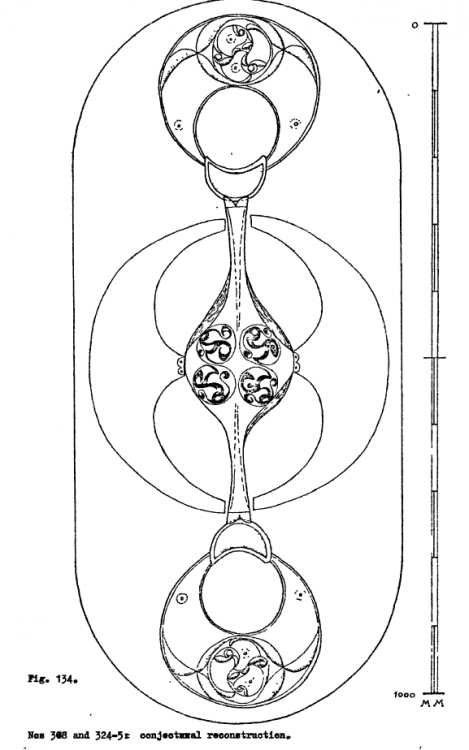
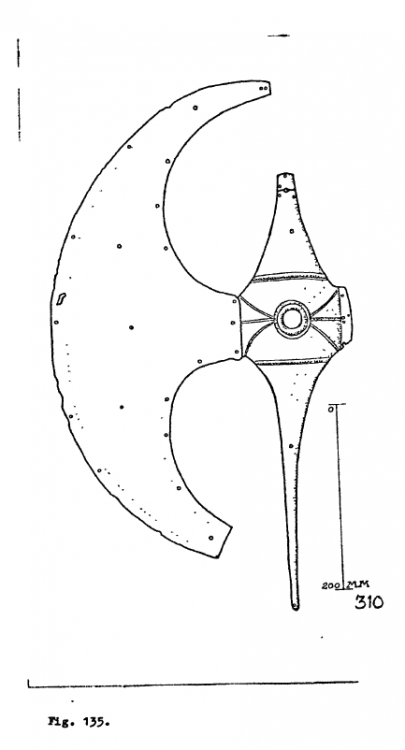
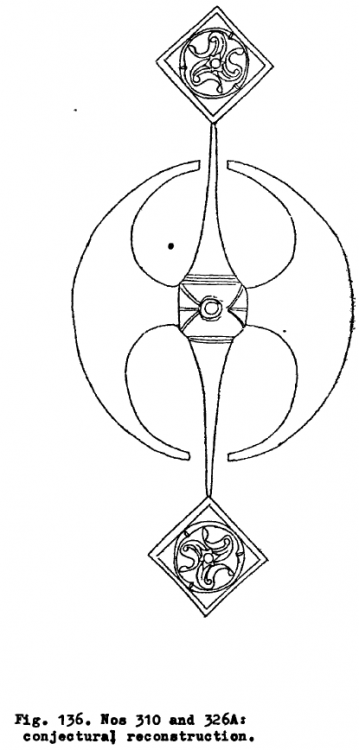
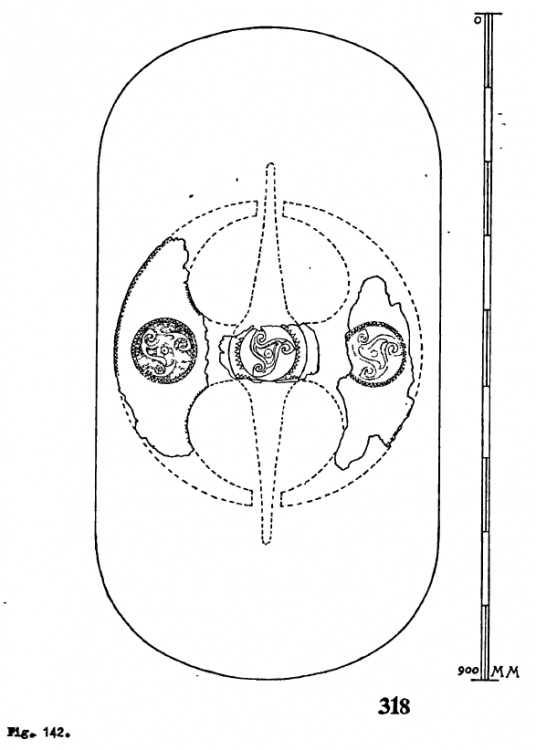
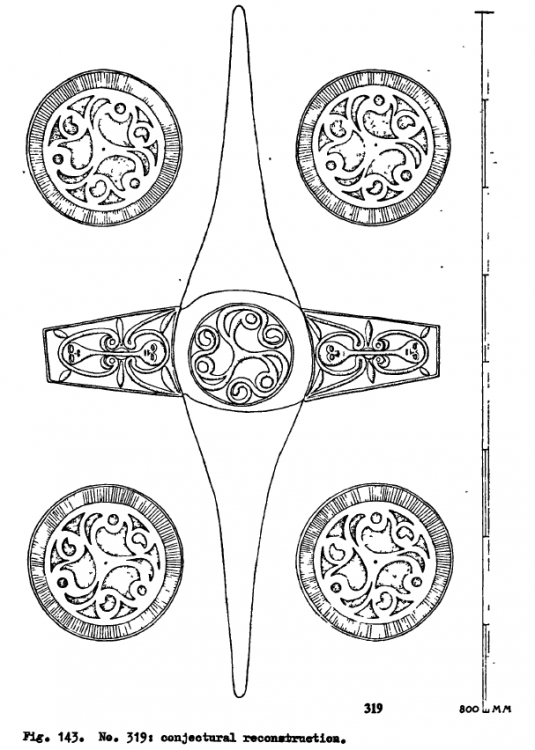
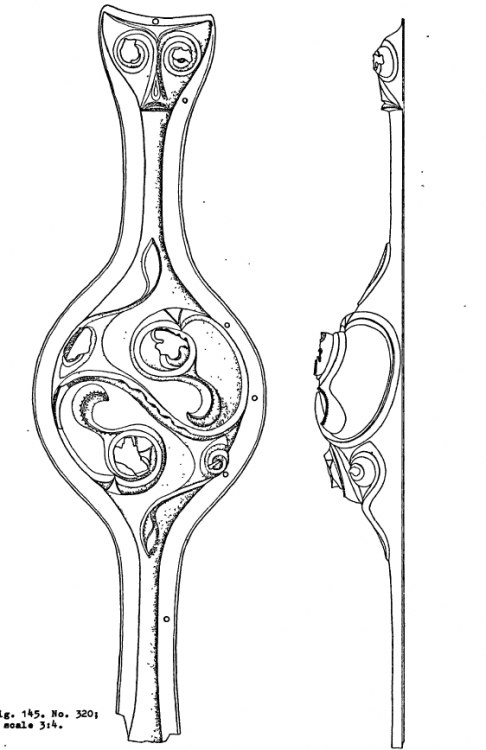
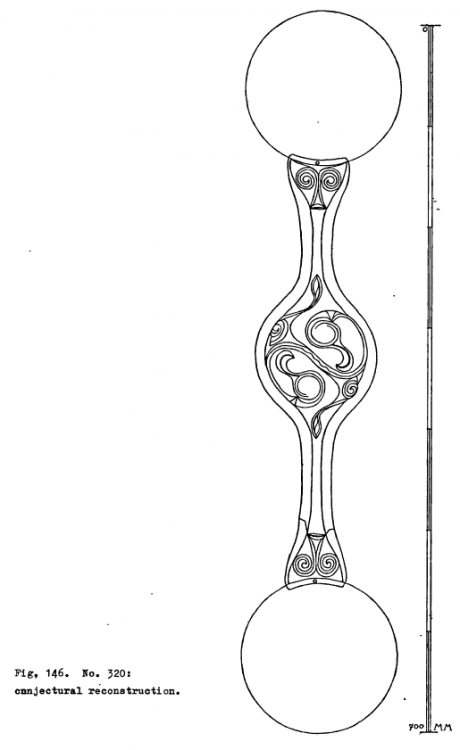
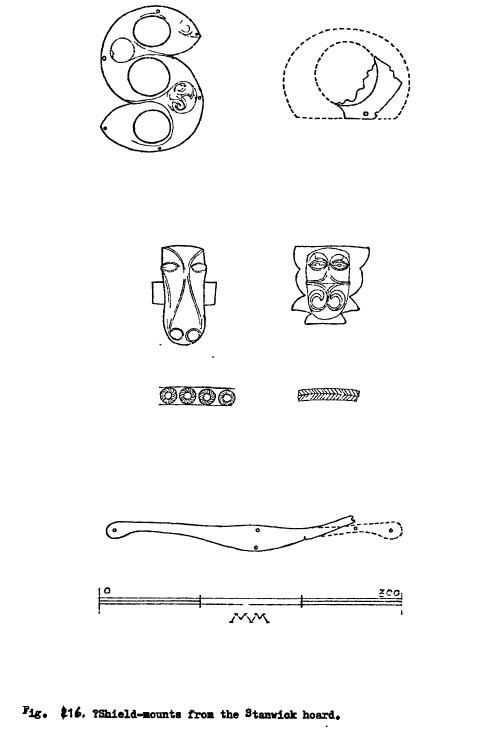
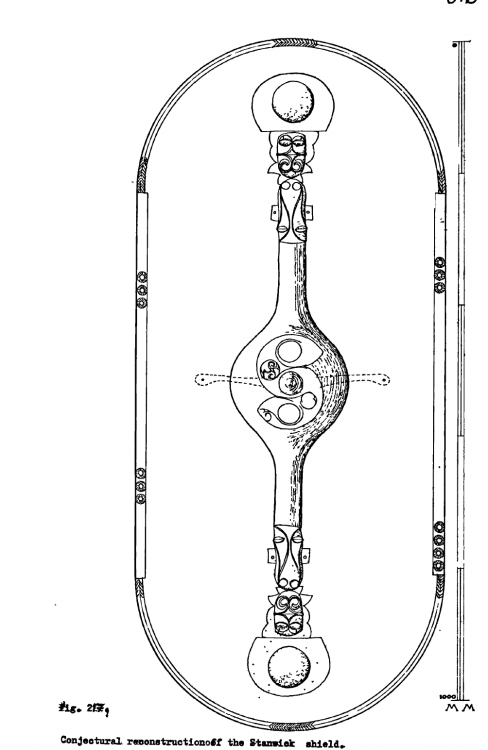
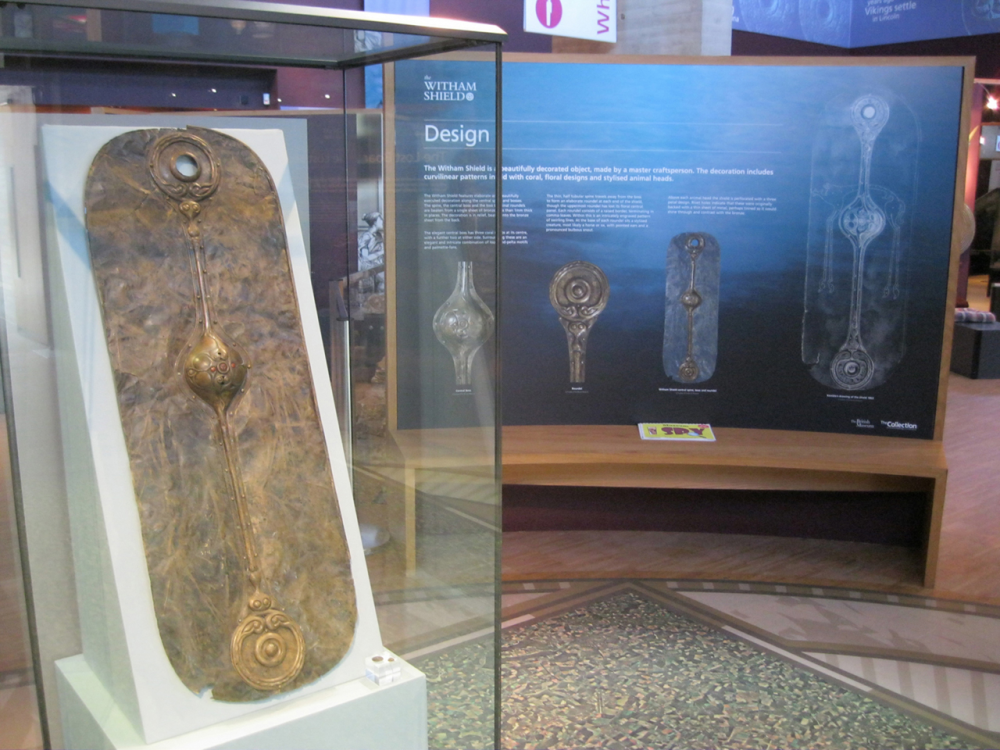
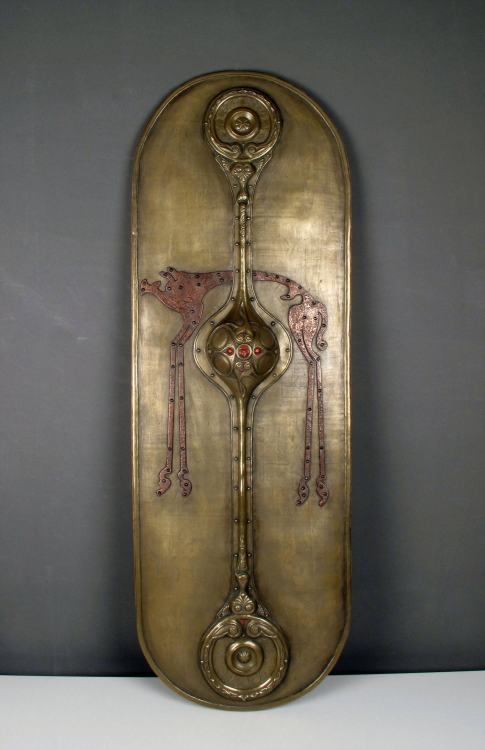
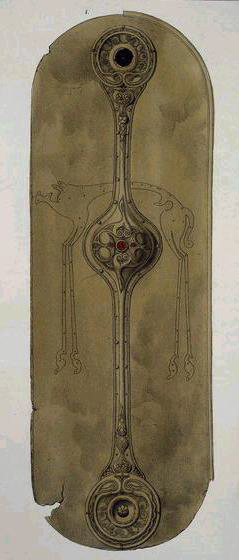
Britons rework - Guerrila and mobility oriented faction?
in Balancing Discussions
Posted
Emblems or flags not really, I mean not in a way that would be equivalent. But there are local artistic expression and coins that could help.
For example the Treveri:
Or the Lepontii: